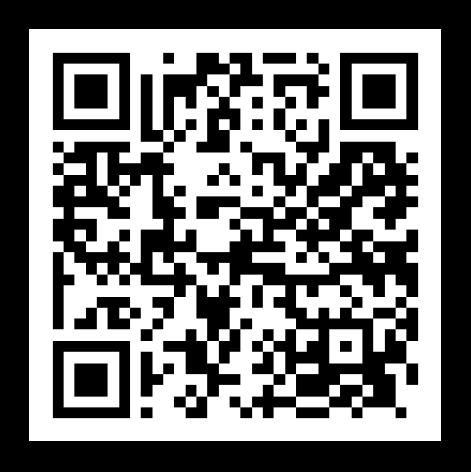ManagingTransitions
Transitions between activities and/or locations can be difficult for twice-exceptional children for several reasons, including but not limited to: transitioning away from a preferred activity, transitioning to a less preferred activity, experiencing sensory overload during transition periods, and/or experiencing worry about the next activity or what's to come in the day.
WhatIObserve WhatICanDo
My student has difficulty switching between activities of any kind.
My student has a hard time moving on from preferred activities.
Use verbal and visual warnings including both the time remaining in the current activity and information about the next activity.
Treat transitions like a pause, not an end, and use a gentle prompt like “find a good stopping point” when it’s time to move on.
My student gets distracted or disruptive during transitions.
Use visual reminders of transition expectations at the student’s desk and/or at the location of the transition (e.g., line expectations).
My student struggles with the same transition every day.
Create a routine that occurs the same way every time that transition occurs and incorporate rewards for following the routine.
My student gets overwhelmed in the hallway during passing time
Allow the student to transition between classes either before or after the standard passing period



Transitions are hard for many students, especially those with ASD and/or anxiety. Students may worry if they do not know what is coming up, or if they are unable to finish what they are doing before being required to move on to a new activity.
To address these challenges, it is helpful to have a clear and predictable schedule that is generally followed so that students know what to expect, and to provide advance warnings of changes to the schedule (e.g., assemblies, late start/early release, etc.) at least a day in advance whenever possible. For other changes, like fire drills, it can be helpful to inform these students a few minutes before the alarm occurs, both so they can prepare for the change and so they can use necessary tools (e.g., noise cancelling headphones) to reduce sensory impacts.
It is also helpful to develop a system in which activities can be left partially completed, so that they can be returned to in the future. Warn the student in advance that if they don’t finish, they can leave it on their desk, mark their spot, or otherwise pause, and tell them specifically when they will have time to return to it (e.g., upon returning to the classroom, in the last few minutes of the day, etc.). If feasible, ask the student how they would prefer to pause the task. Additionally, the student can help to determine the word or phrase used to indicate that it’s time to transition.
For students who consistently struggle with the same transition (e.g., from recess back to class), develop a routine that the student can complete in the same way every time it occurs. Some 2e students will require more significant support for transitions from high energy, highly stimulating activities to lowenergy, less stimulating activities. Consider providing these students with jobs to do during the transition (e.g., line leader or caboose, head counter, jacket or lunch box wrangler) and provide high quality attention and praise for completing their job. Competition can be an excellent motivator for some students, but rather than pitting individual students against each other, set it up so an individual student, or the whole class, is working to beat their previous time or set new personal records. The student who especially struggles with transitions could be tasked with recording their time upon returning to the classroom. After the transition, be sure to offer some recovery time for students to regulate through quiet activities.
A key in supporting many students with transition difficulties is to create predictable structure while maintaining flexibility. Thinking differently about how to accommodate student needs, such as allowing transitions outside of standard passing times or reducing the need for transitions, when possible, can help students feel validated and supported.
